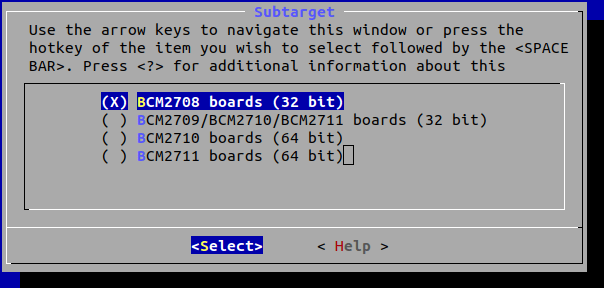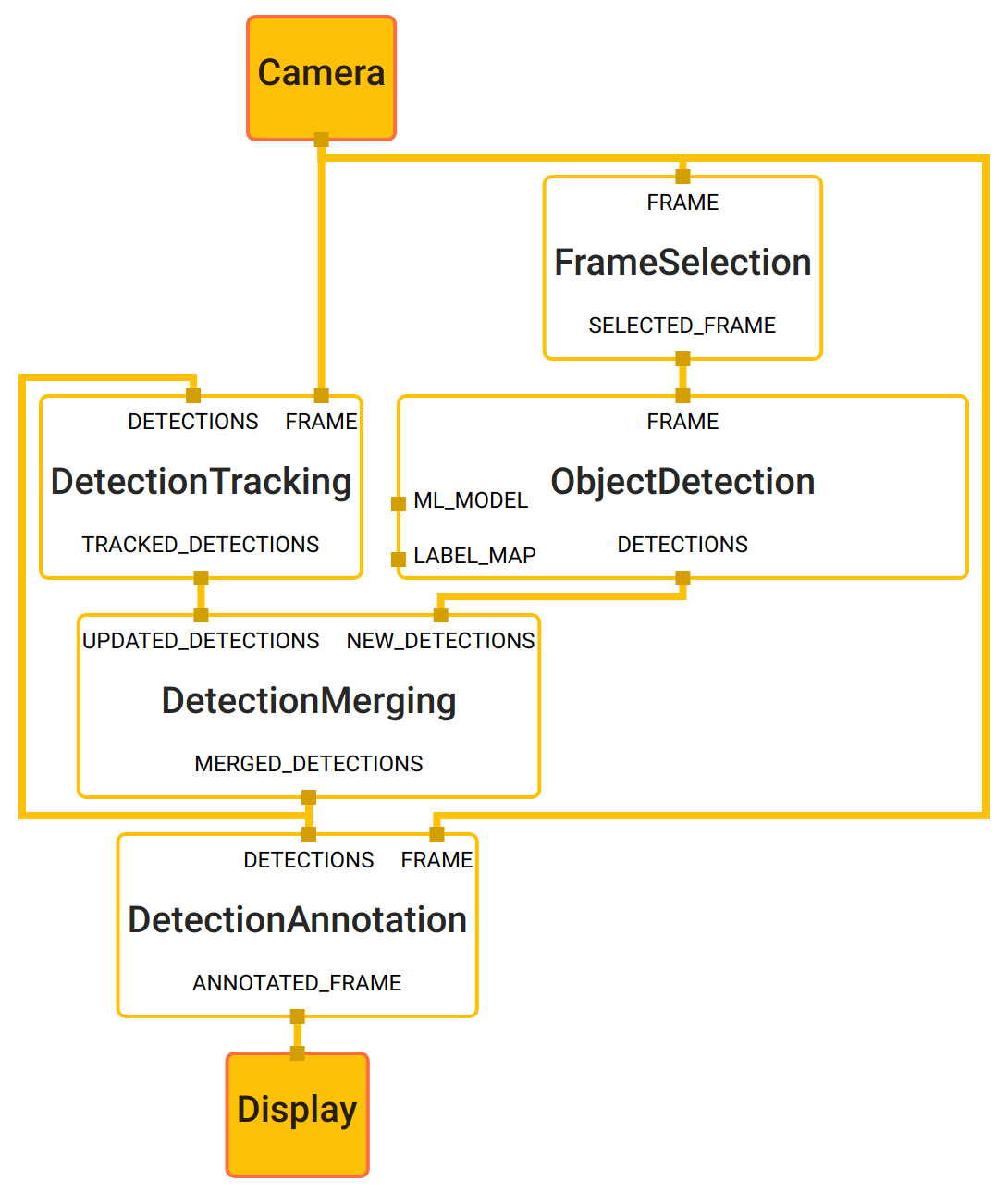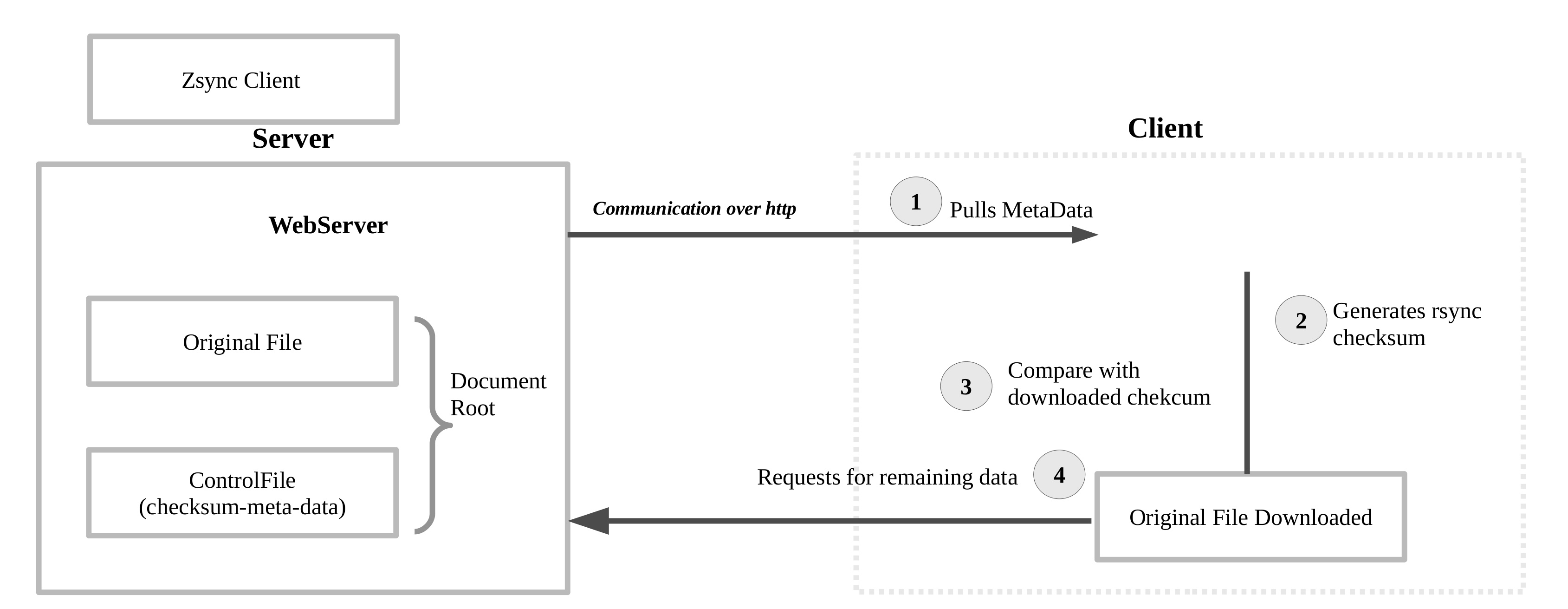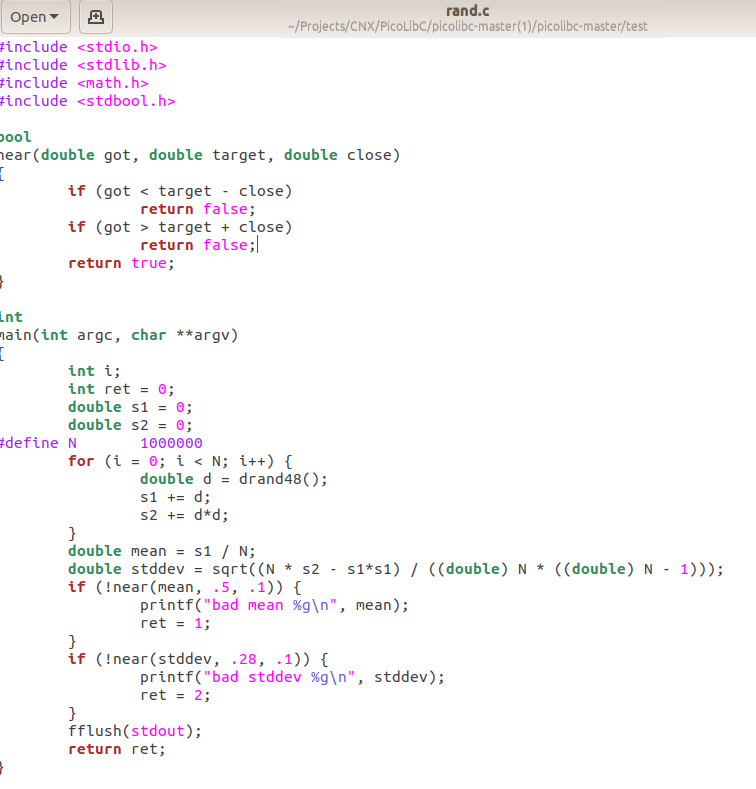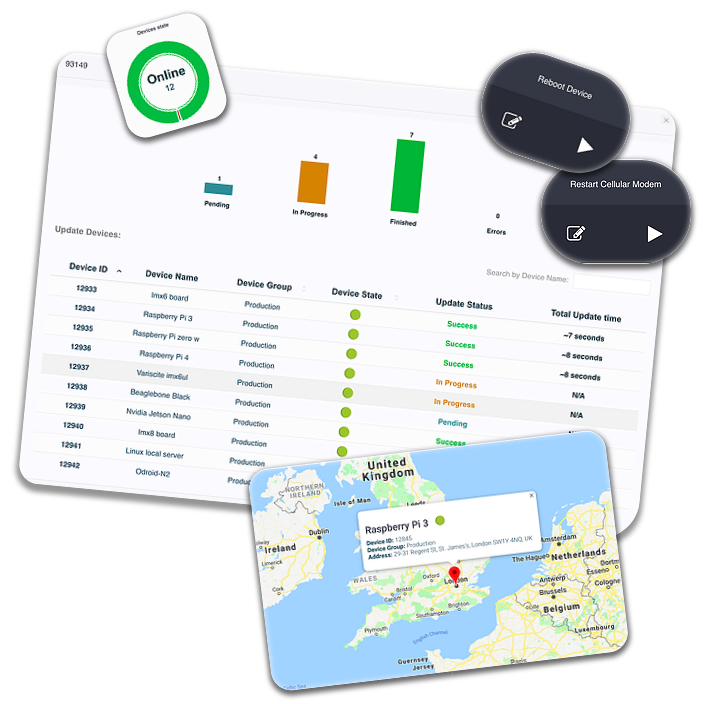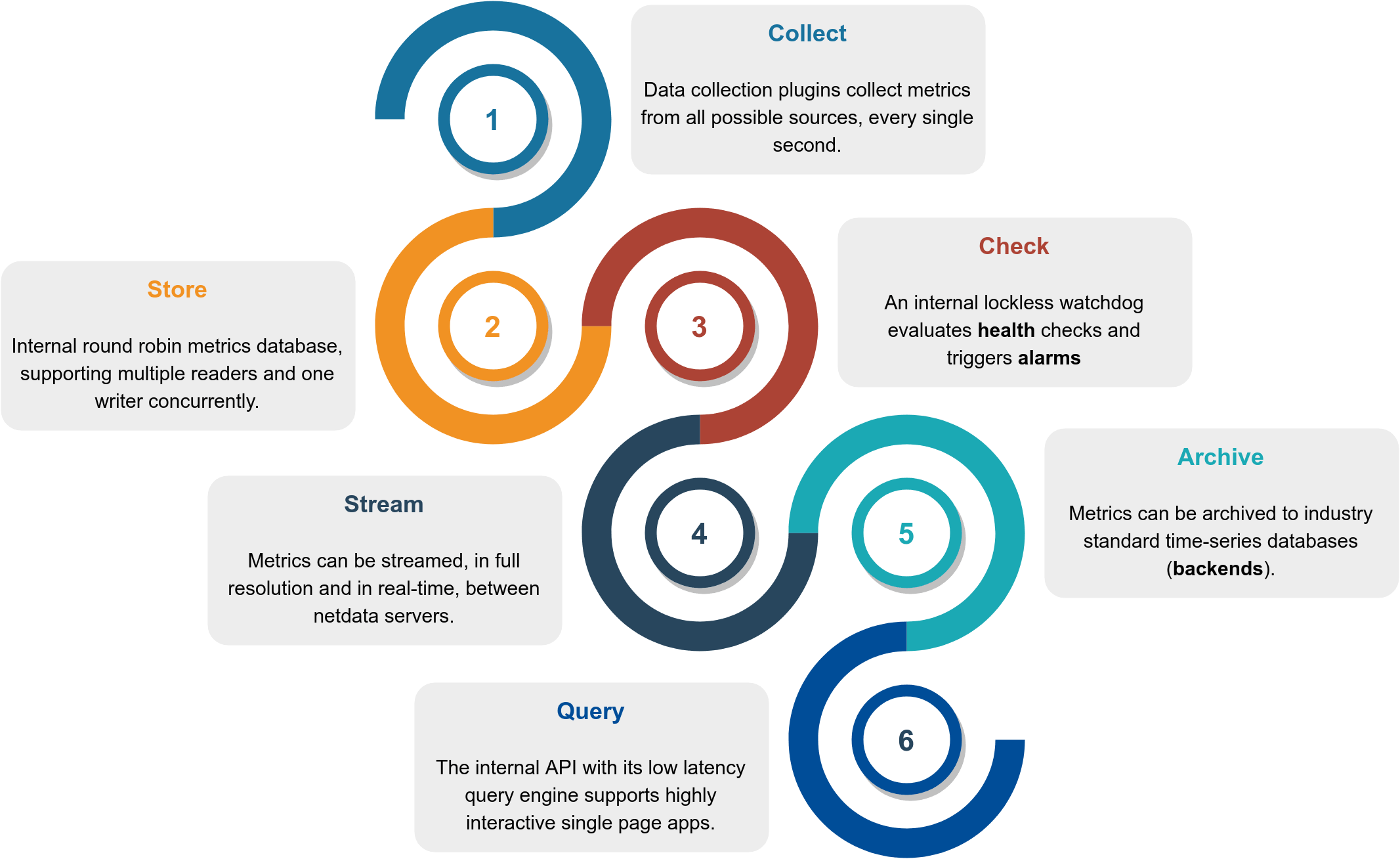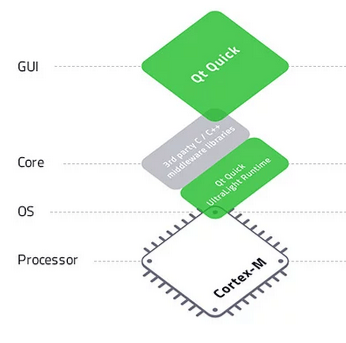OpenWrt is an open source operating system based on Linux especially designed for embedded & networking devices. This OS is well known for its lightweight footprint, standardized configuration approach (using LUCI interface), easy to build images, as opkg packages. At the core of OpenWrt is a writable root file system, where the users can add and/or remove packages, modify configs etc…. without having to re-flash the entire firmware/operating system. This is achieved by overlaying a read-only compressed SquashFS file system with a writable JFFS2 filesystem using OverlayFS. You can install pre-built packages from OpenWrt repo (which contains approximately 3500 packages) using opkg package manager. The Build Process Below steps cover the required pre-build environment and how to build OpenWrt from the source tree for Raspberry Pi board. Even though OpenWrt recommends Debian for the build machine, I built it successfully on Ubuntu 18.04 Desktop. Setup Build Environment
|
1 2 3 4 5 6 7 |
sudo apt-get update sudo apt-get install git-core subversion mercurial build-essential libssl-dev libncurses5-dev unzip gawk zlib1g-dev unset SED unset GREP_OPTIONS export GREP_OPTIONS= export PATH=$PATH:~/openwrt/openwrt/staging_dir/host/bin export PATH=$PATH:~/openwrt/openwrt/staging_dir/toolchain-mips_34kc_gcc-5.3.0_musl-1.1.16 |
Build OpenWrt […]


